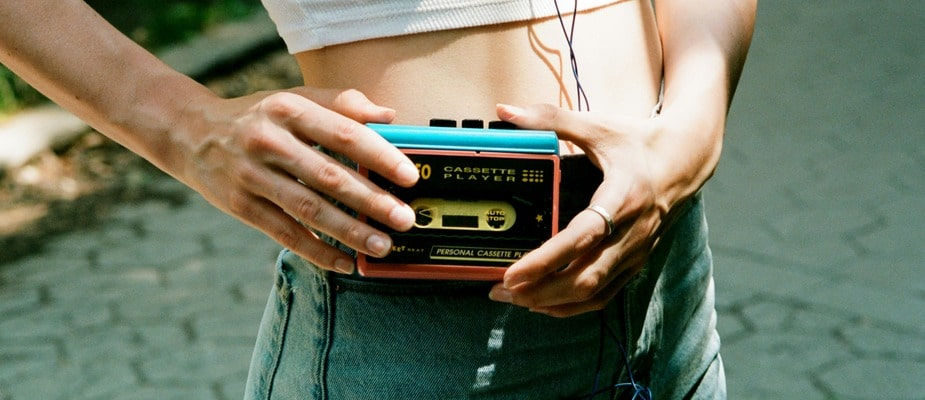What Do Spaceballs 2 and SaaS Marketing Have in Common?
- Elise Oras

- Aug 12
- 3 min read
Have you heard? Flip phones are back. Film cameras are hot again. Walkmans are being sold on Etsy for $200. Every new blockbuster is a sequel from our childhood. (Really: Beetlejuice. Freakier Friday. Spaceballs 2. Legally Blonde 3.)

This all might seem like a fun throwback, but these reboots and retro comebacks are doing real work. They tap into emotion, memory, and trust—all things that are harder than ever to build in a saturated market. Familiarity makes people feel safer. And in times of uncertainty, safe sells.
As Magdalena Daszkiewicz’s 2024 paper in Ekonomia explains that nostalgia marketing aims to evoke emotional security and a sense of identity amid uncertainty. It connects consumers to ideas, brands, and products they feel like they can already trust—even if they didn’t experience them firsthand.
Sound familiar? These are the same challenges most B2B companies face:
How do we build trust faster?
How do we differentiate in a category that all sounds the same?
How do we get remembered?
Here are 3 ways to use nostalgia in your next campaign (without sounding cheesy):
Revisit your origin story. Every company has a founding moment or the “why” behind the brand. It doesn’t need to be dramatic or sentimental, but it does need to be specific. Reference it in your next campaign or product launch. A real story from your early days is more powerful than a vague brand value. Want to make it feel super authentic? Share a photo from your original team, old UI screenshots, or a product sketch. Link the past to the present.
Repackage a greatest hit. If you ran a campaign that performed well, go back to it. Update the format, reframe the message, and lean into what made it work. This kind of “revival marketing” creates emotional continuity. Bonus, it builds brand memory over time. One easy way to execute on this: Change the format of a previous campaign (turn an email into an infographic, a webinar highlight into a Reel).
Use design and content cues your audience already recognizes. 90s fonts. Old-school UI. Launching a “Pro” feature in retro packaging. These small details tap into shared memory, which shortens the decision-making process. You don’t have to go full Y2K; use nostalgic cues sparingly in visuals, copy, or tone to intentionally align with the emotional state of your customer.
Why this works:
The Daszkiewicz study also cites GWI Zeitgeist data:
61% of Millennials and 55% of Gen X feel nostalgic for the 1990s
37% of Gen Z report nostalgia for that same era (even if they didn’t live through it)
That’s the power of collective nostalgia. It pulls from the past to create something that feels familiar right now. It’s surprisingly effective. When your audience wants something new but still wants to feel something comforting, this is how you meet them there.
If you’re ready to bring a little memory into your marketing, we can help. At Wheels Up Collective, we work with teams to spot content worth reviving, messaging that still connects, and strategies to build something that actually sticks.
P.S. Here’s one example I’m loving right now: Our affiliate, RB2B launched a new site. It leans all the way into ’90s nostalgia in a way that really works. It looks like an arcade game and if feels like they actually had fun making it.
Use the affiliate code in our blog rb2b.com/?ref=wuc



